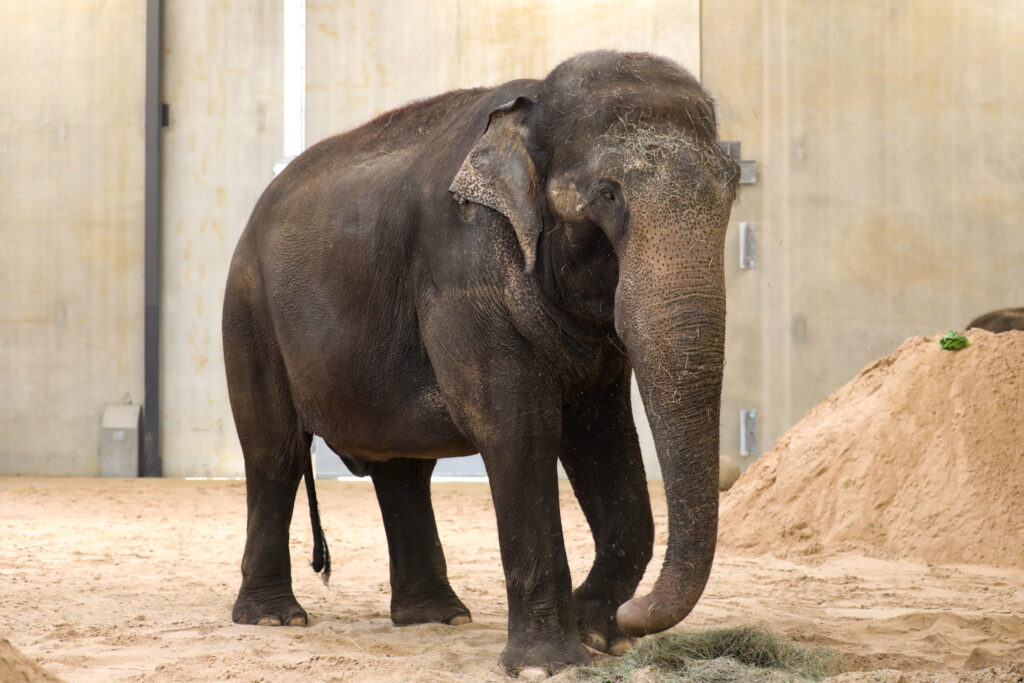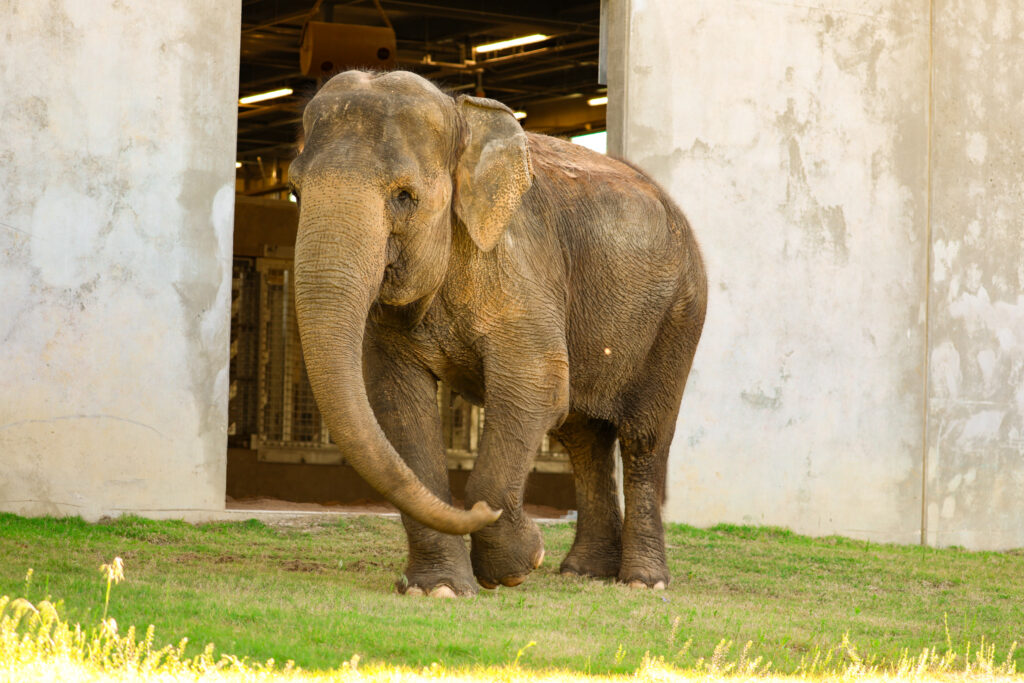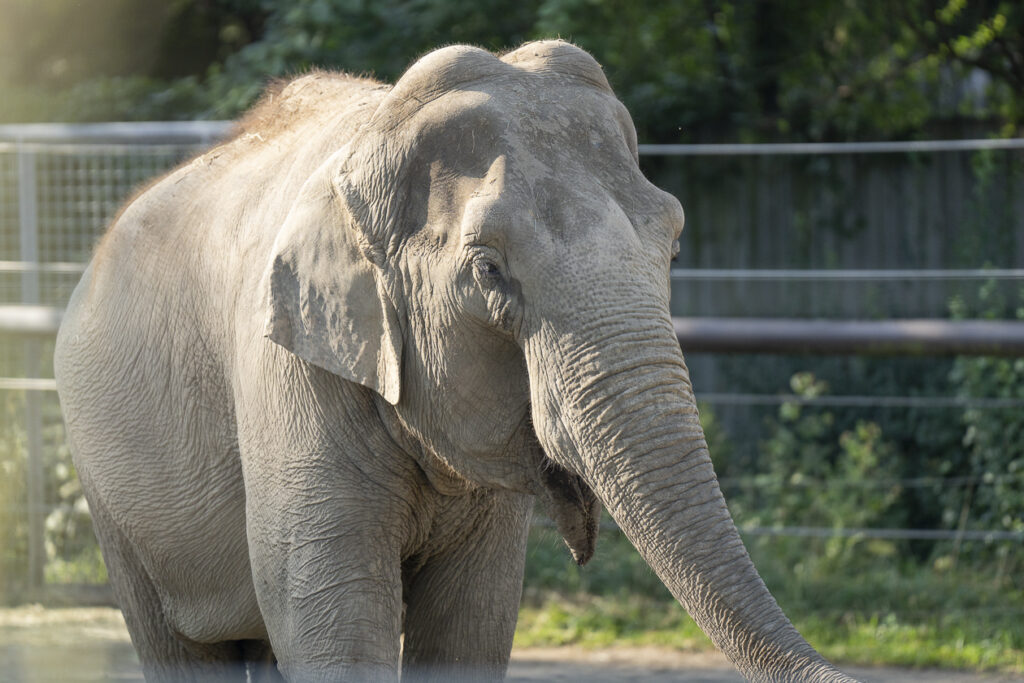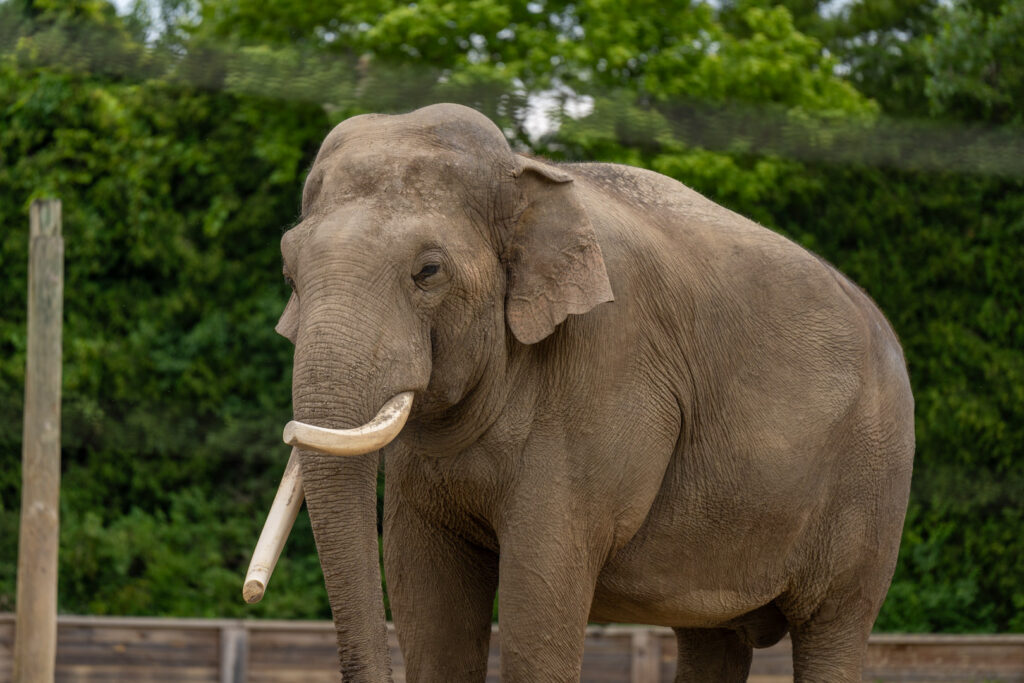Meet our Elephants

Sneezy

Sooky

Booper

Connie

Hank
Tulsa Zoo Opens The Mary K. and John T. Oxley Family Elephant Experience
Thank you to the Citizens of Tulsa for Vision Tulsa funding and to the following project partners:
About Our Herd
FAQ
For 70 years the Tulsa Zoo has been dedicated to providing excellent care for Asian elephants at all stages of life.
The move is part of our zoo’s commitment to collaborating with other AZA facilities in the best interest of individual elephants in our collective care. Our zoo has a 70-year history of caring for Asian elephants at all stages of life.
This move follows a recommendation from the Asian Elephant Species Survival Plan®, managed by the Association of Zoos and Aquariums to help keep elephants in North American zoos genetically diverse. Male elephants commonly move between herds in their native ranges; zoos collaborate to replicate this natural behavior. The decision to move Billy and Tina is also part of a larger AZA effort to ensure elephants thrive in professional care and are around for future generations, supporting the overall survival of the species.
The Tulsa Zoo will provide the best opportunity for Billy and Tina to thrive, providing a focus on individualized care plans. The move will allow the bonded pair to stay together, give Billy the benefit of staff experienced in caring for multiple bulls and Tina a strong female group for her social needs.
Each animal at the Tulsa Zoo must complete a routine quarantine period to ensure they are healthy before introductions with current animals may occur. For smaller mammals, quarantine typically happens behind the scenes in the hospital on grounds. Once they arrive, Billy and Tina will be in quarantine in a portion of The Mary K. and John T. Oxley Family Elephant Experience and Preserve and might be visible at times during quarantine. The zoo will provide updates on social media.
Our animal care team designs individualized care plans for each elephant, which includes the arrangement of social groupings. In time various members of the herd will be introduced based on our observations, ensuring appropriate species-specific behavior. Our elephant complex allows us the flexibility to manage multiple bulls whether they are housed in a bachelor herd or with groups of females. Watch social media for additional updates concerning herd dynamics and introductions.
The 10-acre preserve provides an expansive space that depicts a naturalistic environment for the elephants to explore. The preserve is an untouched, forested wetland for elephants to roam. Offering the elephants land and time with minimal human interference is another enriching option that stimulates the elephants mentally and physically, further benefiting their wellbeing.
The preserve is equipped with cameras throughout the 10 acres, allowing us to monitor the elephants from the offices located in the Elephant Preserve Barn.
Before allowing elephants access to the preserve, we carefully inspected the land for any debris or hazards. We inspect the land and perimeter fencing daily to keep the elephants safe.
The number of elephants in the preserve depends on the type of herd that has access to the preserve at that time and changes often depending on the unique needs of our elephants.
Yes! When elephants are in the preserve, the public will be able to see them through cameras in The Mary K. and John T. Oxley Family Elephant Experience.
Questions?
If you have questions, email [email protected].



